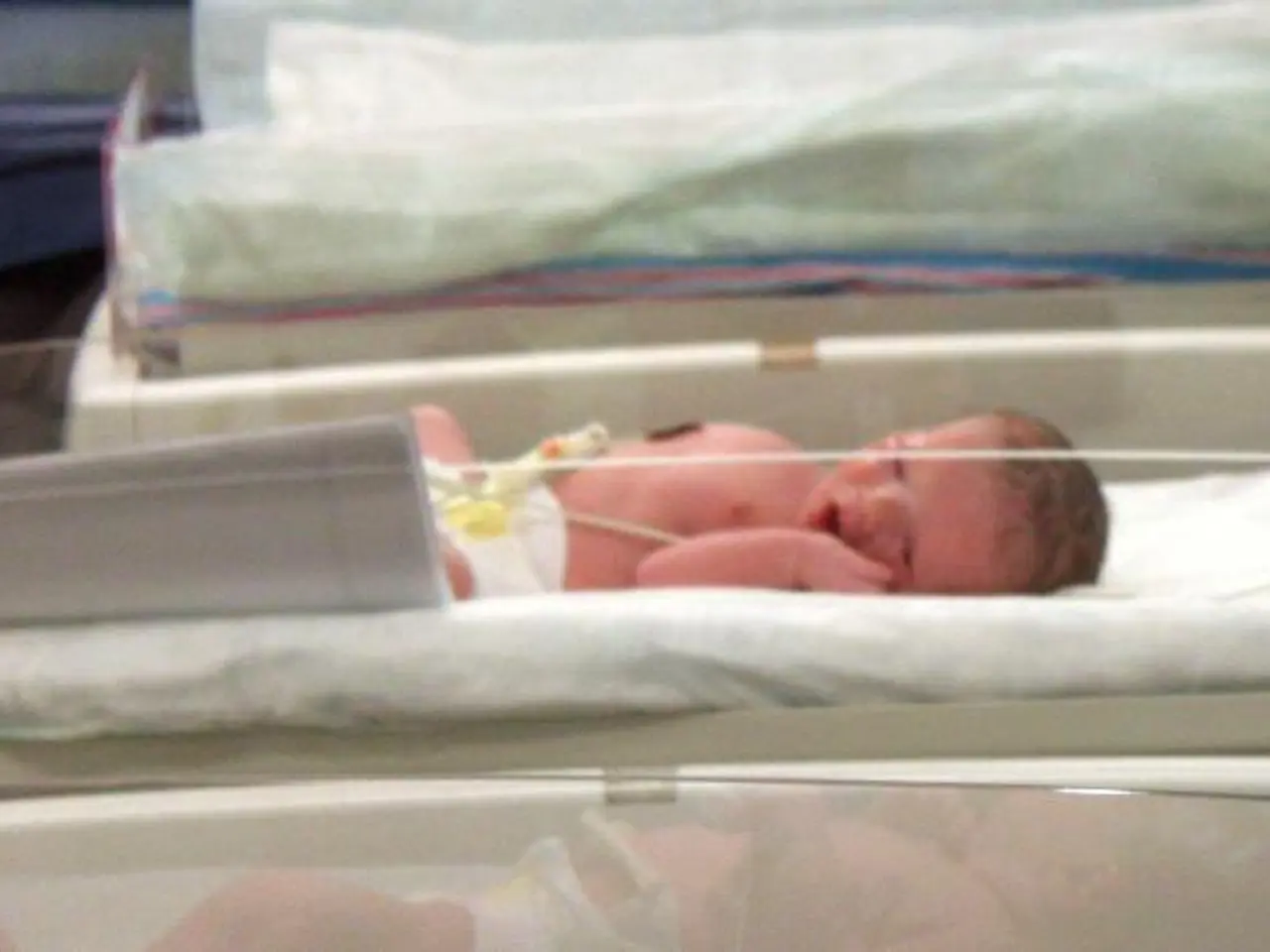Breakthroughs in Reproducing Human Embryos: In-Depth Analysis
In the realm of scientific advancement, human embryo replication, also known as embryo cloning or somatic cell nuclear transfer (SCNT), is making significant strides. This process, which involves isolating a somatic cell from a donor, extracting its nucleus, and inserting it into an empty egg cell obtained from a female donor, has the potential to revolutionize various fields [1].
One of the most promising applications of human embryo replication is in the area of organ transplantation. By creating perfectly matched organs, the risk of organ rejection and the need for immunosuppressive drugs could be significantly reduced [2]. Additionally, this technology could aid in studying genetic diseases and developing potential treatments [3].
In reproductive medicine, human embryo replication offers hope for individuals struggling with infertility. It has the potential to create genetically related offspring for couples where one or both partners have fertility issues [4].
However, these advancements come with ethical implications that must be carefully considered. Reproductive cloning raises questions about individual identity, autonomy, and potential exploitation [5]. There are concerns about the welfare of surrogate mothers and the long-term effects of embryo replication on the health and well-being of cloned individuals [6].
Ethical concerns also exist regarding the potential misuse of human embryo replication for reproductive cloning. International guidelines, such as those from the International Society for Stem Cell Research (ISSCR), emphasize that synthetic or partial embryo-like structures created in vitro must have a clear scientific rationale, a defined endpoint, and be subject to appropriate oversight [1].
The long-standing 14-day rule remains a fundamental legal and ethical limit, prohibiting human embryos from being cultured in vitro beyond 14 days or the appearance of the primitive streak—a marker of developmental organization [4]. This rule applies to both natural and synthesized embryos.
New reproductive technologies like in vitro gametogenesis (IVG), which produce eggs and sperm from stem cells, introduce regulatory gaps because existing laws may not account for the creation or use of IVG embryos. This raises ethical issues including the potential for non-health-related trait selection ("designer babies"), complexities around children with genetic input from more than two individuals, questions about consent, parental rights, and the status of embryos created via IVG, and legal challenges around parenthood and genetic identity [3].
The source of stem cells, consent and rights of donors, and maintaining transparency for public trust are also areas of ethical debate [7].
In conclusion, the current landscape calls for rigorous international oversight, adherence to the 14-day culture limit, explicit prohibitions against gestating lab-created embryos, and urgent legal updates to cover technologies like IVG that blur traditional boundaries of reproduction. Ongoing ethical considerations address risks of misuse, consent frameworks, and societal impacts of creating synthetic human embryos or gametes [1][2][3][4].
References: 1. International Society for Stem Cell Research (ISSCR) Guidelines for the Conduct of Human Embryonic Stem Cell Research (2020) 2. International Society for Stem Cell Research (ISSCR) Guidelines for the Conduct of Human Embryonic Stem Cell Research (2008) 3. International Society for Stem Cell Research (ISSCR) Position Statement on In Vitro Gametogenesis (2018) 4. Warnier, G., & Van Blerkom, J. (2013). The 14-day rule and the legal status of human embryos. Journal of Law, Medicine & Ethics, 41(1), 36-48. 5. Human Fertilisation and Embryology Authority (HFEA) (2017). Ethics Committee Report: Cloning human beings. 6. National Academy of Sciences, National Academy of Engineering, and Institute of Medicine (2005). Cloning Human Beings. 7. International Society for Stem Cell Research (ISSCR) Position Statement on the Use of Human Embryonic Stem Cells for Research Purposes (2016)
Science and technology have the potential to revolutionize organ transplantation by reducing the risk of rejection through human embryo replication, leading to perfectly matched organs [2]. Additionally, this technology could aid in studying medical-conditions such as genetic diseases and developing potential treatments [3]. However, health-and-wellness implications, including the welfare of surrogate mothers and the long-term effects on cloned individuals, require careful consideration [6]. The ongoing debate also covers the ethical implications of creating synthetic human embryos or gametes, such as consent frameworks and complexities around genetic identity [1].




